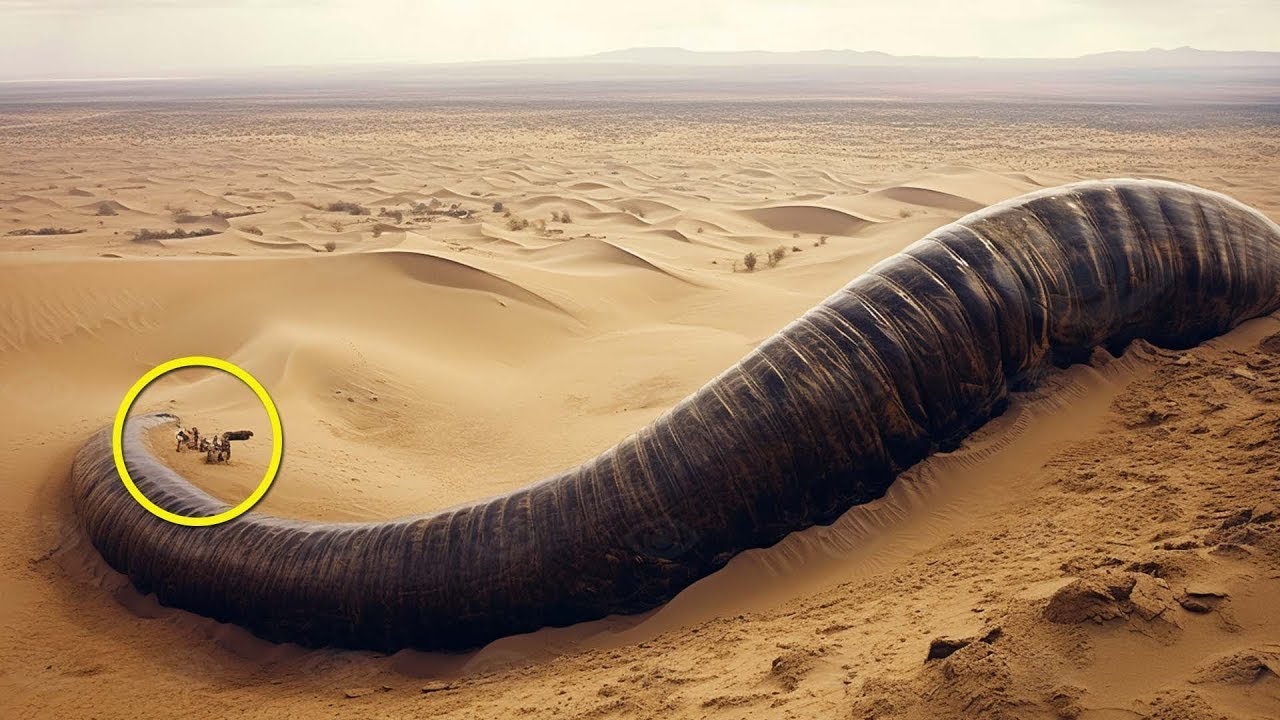- Conservation officials in Nepal recently cut off the tusks of a young bull elephant that had attacked and 𝓀𝒾𝓁𝓁ed a woman in the buffer zone of Parsa National Park.
- Proponents of detusking say the practice helps make the animals less aggressive, while critics say the effects are little-understood and detusking should be a last resort in tackling human-wildlife conflict.
- A study on African elephants shows that detusked elephants don’t appear to be at a disadvantage when it comes to accessing food, while another shows that detusked matriarch elephants command smaller herds and may be considered less reproductively fit by males.
- Back in Nepal, officials say the practice works, noting that the recently detusked male hasn’t been seen in the area since then.
KATHMANDU — On the afternoon of Oct. 28, a wild male elephant attacked and 𝓀𝒾𝓁𝓁ed a woman herding her sheep at a pasture in the town of Amlekhgunj, in the buffer zone of Parsa National Park in southern Nepal.
The death of Rukaiya Khatun, 51, made headlines in news media across the country, and prompted calls from rural residents for the authorities to do something about incidents of human-elephant conflict.
Nepal is home to some 227 Indian elephants (Elephas maximus indicus) — the number fluctuates as the pachyderms move across the plains between Nepal and India — and human-elephant conflict has emerged as a pressing wildlife issue here. In the past two decades, 274 people have died in incidents related to human-elephant conflict.
 Rukaiya Khatun in the hospital after an elephant attacked her in Amlekhgunj near Parsa National Park. Image by Ashok Ram.
Rukaiya Khatun in the hospital after an elephant attacked her in Amlekhgunj near Parsa National Park. Image by Ashok Ram.
In the Amlekhgunj incident, the elephant involved, named Yamgaj by local authorities, had previously been on the radar of Parsa National Park officials. He was one of three wild male elephants that had arrived in the area around two months earlier from the eastern part of the country. While the two others roamed the forests, Yamgaj moved around the periphery of the national park, likely drawn there by the female elephants kept at a government-run captive-breeding center in Amlekhgunj, said Ashok Ram, chief conservation officer of Parsa National Park.
Fearful of another attack, residents called on the park authorities to do something about the animal. With the approval of the Department of National Parks and Wildlife Reserves, Ram’s team tranquilized Yamgaj less than 24 hours after the attack.
“We had no other option but to sedate the animal,” Ram told Mongabay. “We then decided to trim its tusks so that it becomes less aggressive. It’s usually teenage male elephants that rebel from their group and form separate groups. The elephant that 𝓀𝒾𝓁𝓁ed the woman was a member of a three-member group that had rebelled from its larger pack.”
Officials say cutting off an elephant’s tusks after tranquilizing it can help make it less aggressive. But the practice is a controversial one as tusks are important for elephants when rooting for food and in courtship displays. Cutting them off, critics say, piles more pressure on Indian elephants, categorized as endangered on the IUCN Red List, in addition to the growing threats they already face in Nepal from habitat loss and forest fragmentation.
“We trim the tusks only to a point where there aren’t blood vessels. We have seen that trimming really works,” Ram said. “This time also, after we trimmed the tusks, we haven’t seen the elephant in the area for a long time.”
 Wildlife authorities and vets trimming the tusks of an elephant in Amlekhgunj. Image by Ashok Ram.
Wildlife authorities and vets trimming the tusks of an elephant in Amlekhgunj. Image by Ashok Ram. Wildlife authorities and vets trimming the tusks of an elephant in Amlekhgunj (left); the trimmed tusks (right). Images by Ashok Ram.
Wildlife authorities and vets trimming the tusks of an elephant in Amlekhgunj (left); the trimmed tusks (right). Images by Ashok Ram.
Detusking, as the practice is known, has also been carried out on African elephants (Loxodonta africana) to reduce human-elephant conflict. At the Lewa Wildlife Conservancy in Kenya, for instance, researchers found it to have drastically reduced fence-breaking incidents.
Another study at the same site found that short-tusked and detusked elephants didn’t seem to have a nutrient deficiency compared to other elephants. The study, however, found that tusk length was associated with differences in fitness in the case of female elephants, especially the matriarchs. It found that matriarchs with significantly larger tusks commanded a bigger group compared to short-tusked ones, indicating that long-tusked females were looked upon by males as having higher reproductive fitness.
The study calls for more research to be carried out to ascertain the link between detusking and its effects on male elephants’ diet and reproductive fitness. Until more is understood about the effects, detusking should only be carried out judiciously after assessing the availability of food such as grass and twigs necessary for short-tusked elephants to survive.
Animal welfare activists also say detusking should be done cautiously. “While in the short term trimming the tusks of elephants may help calm it down, we don’t know how much pain they might suffer from or what its long-term consequences will be for them,” said Nepali animal rights activist Shristi Singh Shrestha.
“Elephants are very smart creatures, and they might suffer from mental trauma of having their tusks cut off,” Shrestha told Mongabay. She added authorities should instead adopt long-term measures, such as restoration of habitat and establishment of safe corridors for the animals, to address the problem of human-elephant conflict.
Banner image: A tusker in Chitwan National Park. Im





